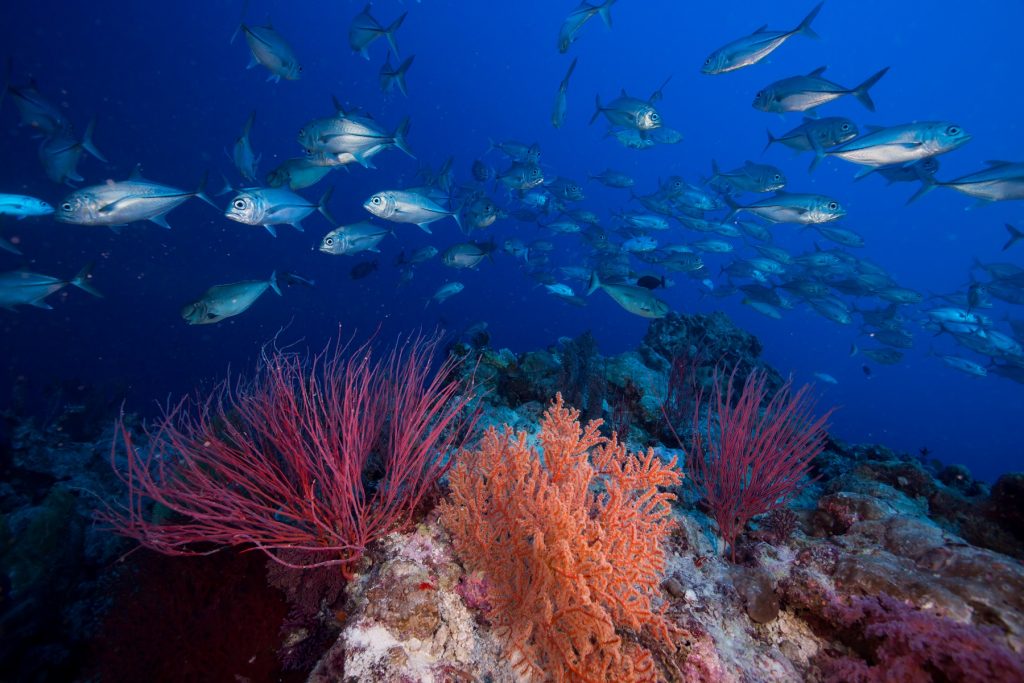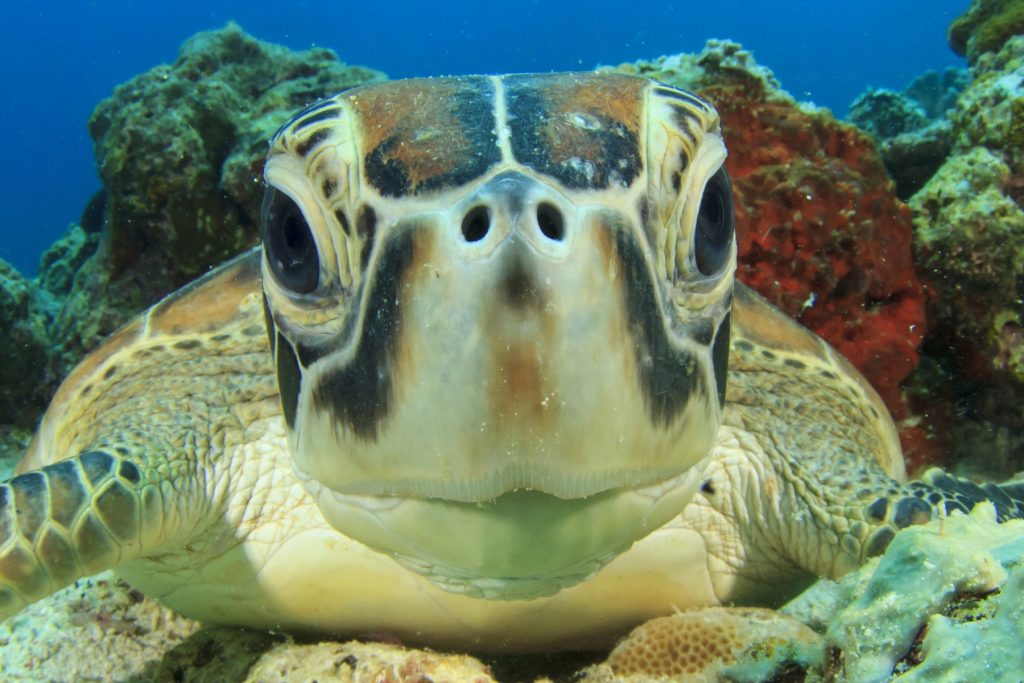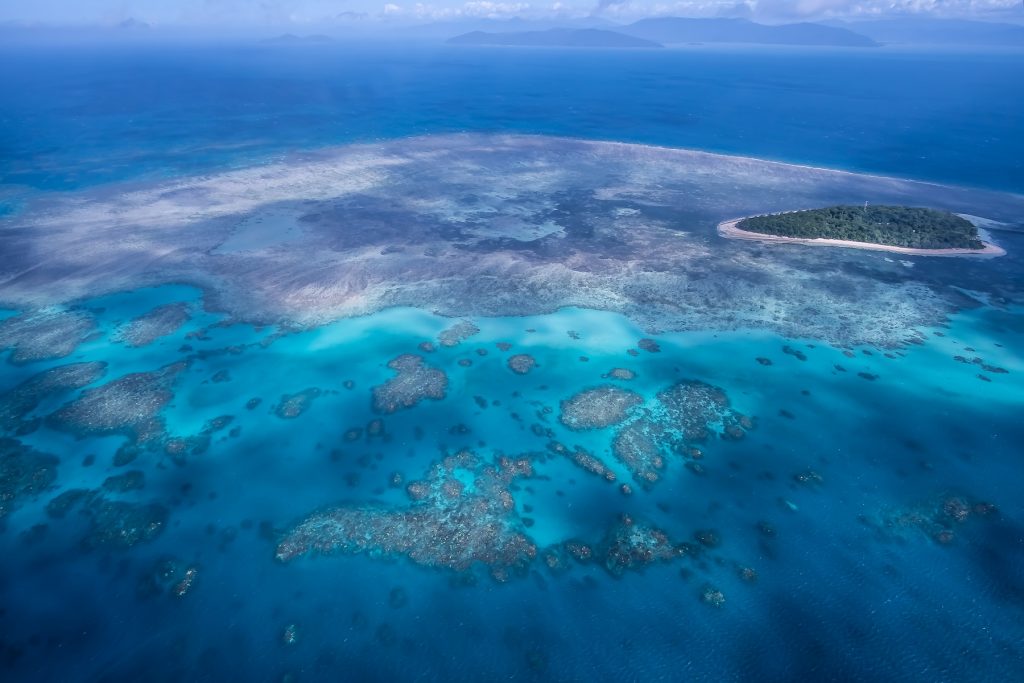Stunning footage of aquatic life ensures IMAX’s Great Barrier Reef 3D offers plenty of highlights for lovers of nature documentaries.

At the same time, the 45-minute documentary also succeeds in its aim of educating its audience about the survival challenges facing Australia’s stunning Reef. The commentary, including the narration by Eric Bana, leaves viewers contemplating the role they can play in its survival.
The Australian-made documentary, which has been screening in the United States for the past couple of years, is showing at Melbourne’s IMAX Theatre from March 19.

Shot by Emmy award-winning Australian cinematographer, Richard Fitzpatrick, the documentary highlights stunning sights most of us are unlikely to ever see in person.
Top of the list are male seahorses giving birth to hundreds of their offspring into the water. Then there’s the beauty of fluorescent corals at night, sea turtles eating jelly-fish (and, sadly, plastic bags) and close up shots of Dwarf Minke whales, Manta Rays and a huge Maori Wrasse.

Jemma Craig, a long-time resident of Green Island, adds to Bana’s narration in providing the educational component of the documentary.
We follow Jemma as she travels around the Reef to Fitzroy Island and Lady Elliot Island documenting the work being done by volunteers and citizen scientists to help researchers gain a more comprehensive understanding of the Reef and its wildlife.

We learn more about Project Manta, the coral research being conducted at the Australian Institute for Marine Science and projects involved in ensuring the well-being of migrating sea turtles.
While the information provided is both fascinating and educational, some conversations sound a little stilted. And there’s no doubting the documentary’s main market is the United States. At the same time, Great Barrier Reef 3D is just as relevant, educational and entertaining for all who care about our natural environment and wildlife.
*Photo credit: December Media.
- movies reviews
Subscribe My Newsletter
Unsubscribe at any time.




